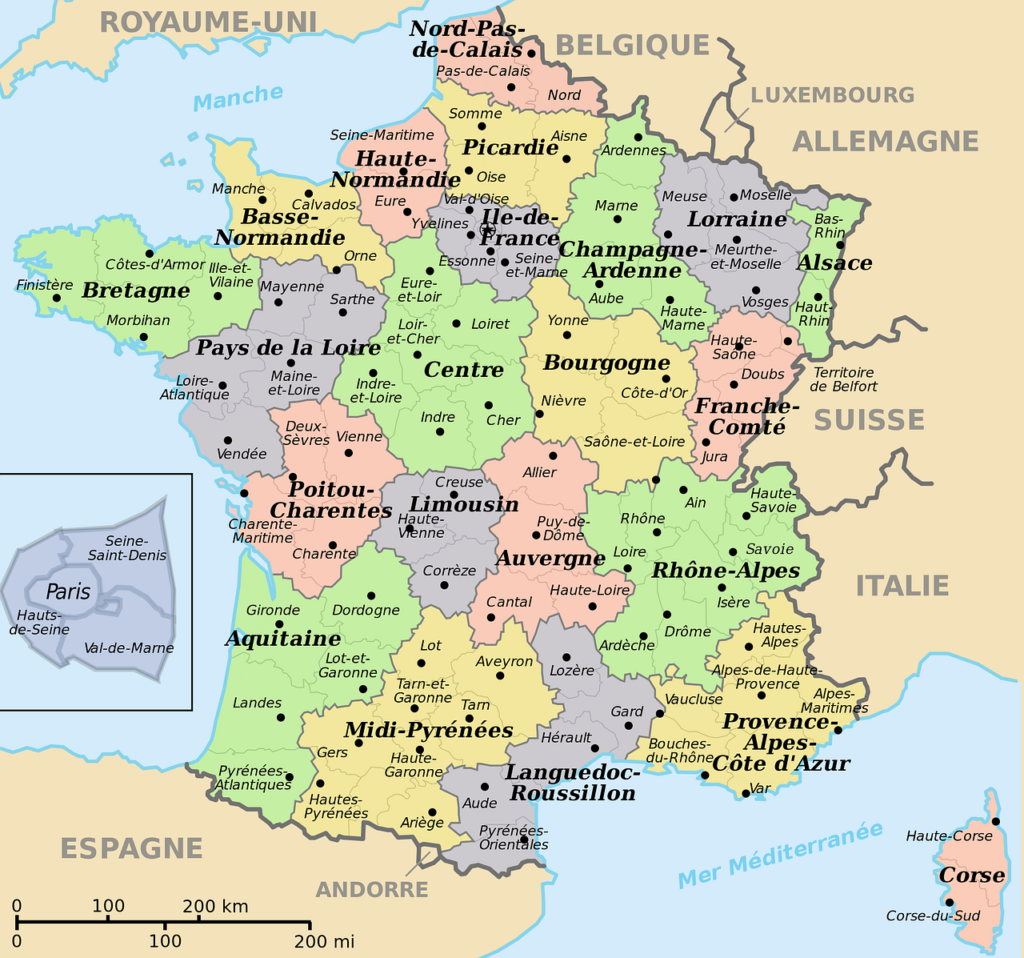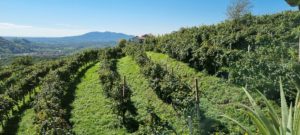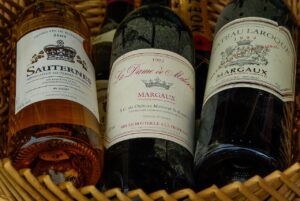When it comes to sun-drenched vineyards, crisp rosés, and Mediterranean charm, Provence wine captures it all. This historic region in southeastern France has become world-famous for its elegant and pale rosé wines—but there’s much more to explore. Let’s dive into Provence’s unique wine regions, grape varieties, and traditional winemaking methods.
A Snapshot of the Provence Wine Region
Provence is located in the southeastern corner of France, bordering the Mediterranean Sea. It enjoys a warm, sunny climate with coastal breezes and limestone-rich soils. These natural conditions are ideal for growing grapes with balanced acidity and intense aromatics.

Provence is one of the oldest wine-producing areas in France, with a history that dates back over 2,600 years. Today, it is best known for its rosé wines, which account for more than 85% of its total production.
Key Wine Regions in Provence
There are three main AOCs (Appellations d’Origine Contrôlée) in Provence:
Côtes de Provence AOC
This is the largest appellation, covering about 75% of the region’s wine production. It’s known for fresh, light rosés that pair beautifully with seafood and summer dishes.Coteaux d’Aix-en-Provence AOC
Located to the west, this area produces structured rosés and some vibrant reds, often with Syrah and Cabernet Sauvignon blends.Coteaux Varois en Provence AOC
This more inland region enjoys cooler nights, resulting in wines with great freshness and balance.
Grape Varieties Used in Provence Wines
Provence wines are typically blends, with several grape varieties working together to create complex flavors. Here are the main grapes:
Grenache: Adds body and ripe red fruit notes.
Cinsault: Brings elegance and floral aromas to rosé wines.
Syrah: Provides structure, color, and spicy character.
Mourvèdre: A bold grape that adds depth, tannins, and earthy flavors.
Rolle (Vermentino): A white grape known for its citrusy, fresh white wines.
Tibouren: An ancient variety that adds aromatic complexity to rosé blends.
Traditional Winemaking Methods in Provence
Provence is a benchmark for rosé winemaking, particularly using the direct pressing and bleeding (saignée) methods.
Direct Pressing: Grapes are gently pressed after harvest, producing pale-colored juice with delicate flavors. This method is common for premium rosés.
Saignée Method: Involves “bleeding off” a portion of juice from red wine fermentation to create a more concentrated red and a byproduct rosé. This results in a richer, darker rosé.
Temperature-controlled stainless steel fermentation is preferred to preserve the fresh, fruity aromas.
Provence wine is more than just a pretty pink bottle. It represents centuries of tradition, a commitment to quality, and a lifestyle rooted in sunshine and flavor. Whether you’re sipping a chilled glass of rosé on a summer day or exploring a bold red from the hills of Aix-en-Provence, there’s a bottle of Provence wine waiting to be discovered.






